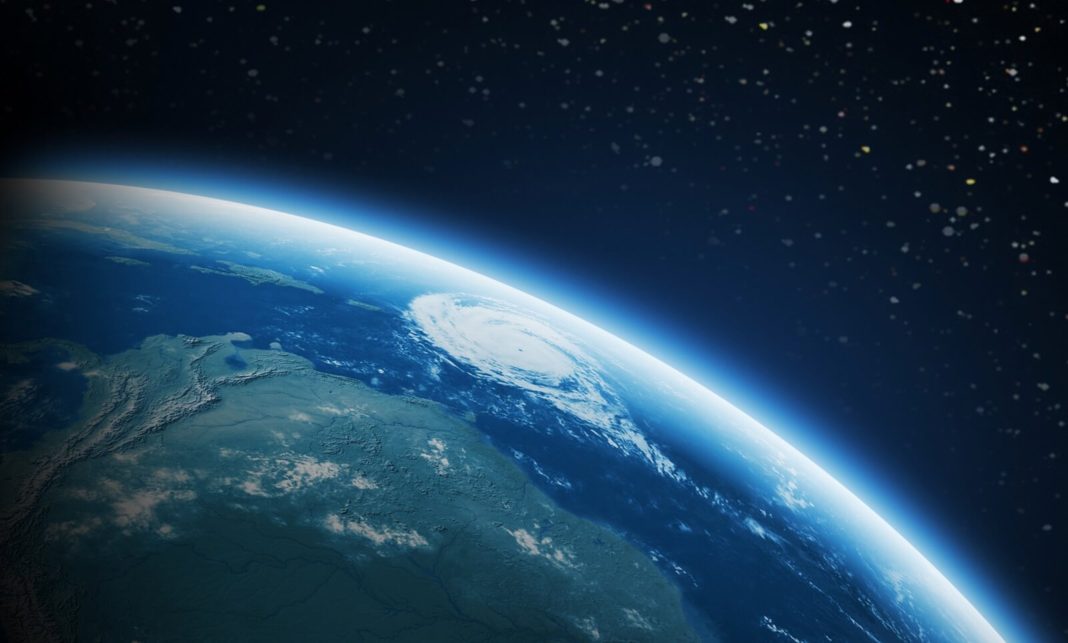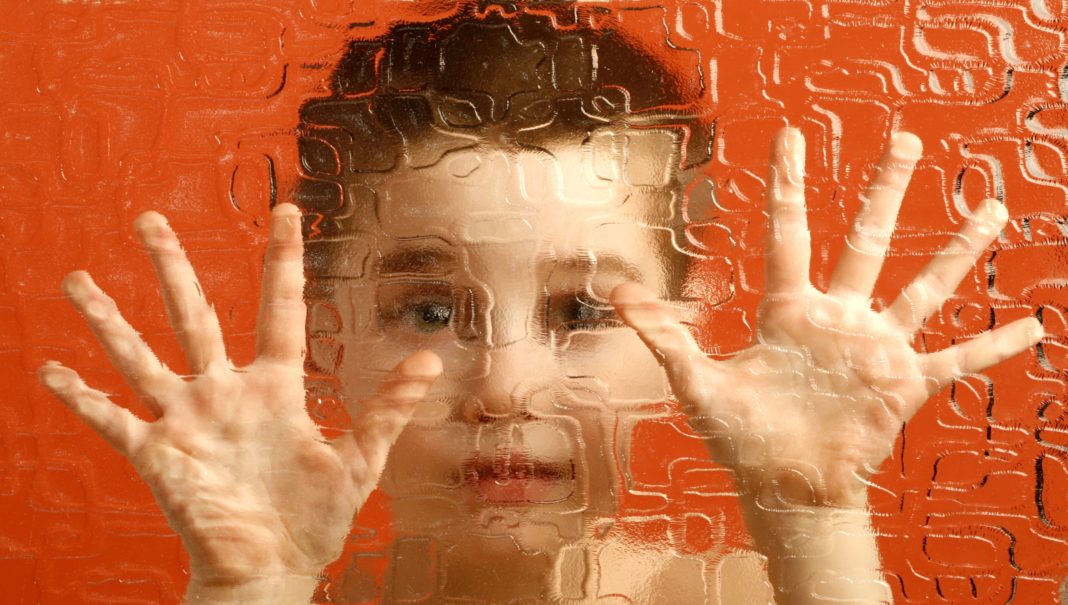Although many people don’t realize, our planet doesn’t just support life; it too is alive. If you were to strip away all of the human-made structures, and even ourselves and other living creatures, you would still see waters flowing, volcanoes erupting, and trees blowing in the wind. Tectonic plates are thought to play a part in making the planet a livable place to live, and as far as we know, Earth is the only one in the solar system known to have them.
Beyond our solar system, astronomers have found various other planets – some of which may boast plate tectonics and could well be habitable. Even of these planets don’t hold tectonics that doesn’t mean to say there’s no geological activity going on there. Both the moon and Mars experience quakes, Jupiter’s moons have volcanoes and geysers, and evidence suggests that Mercury has a molten core (at least partly) and none of those have plate tectonics.
However, plate tectonics and geological activity aren’t the same. Ours is the only planet in the solar system that has a broken outer crust with plates that extend hundreds of kilometers beneath the surface. Where these plates shift against one another, they renew the surface, and at mid-ocean ridges, plates are pushed apart by rising magma forming a new crust. These are all essential processes that need to happen for the Earth continue as it is – without them, the planet would be as uninhabitable as Venus.
Plate tectonics also help to keep volcanoes active by ensuring the carbon cycle runs efficiently. A warmer climate will produce a lot of rain which ultimately aids in the extraction of carbon dioxide from the atmosphere. Then the gas is dissolved in raindrops and splashes on the rocks where chemical reactions take place that release carbon and other minerals from them. Eventually, the water will flow back to the ocean where carbonate rocks and organic objects like seashells will form. Where the carbonate settles on the bottom of the ocean, volcanoes are activated, and carbon is sprayed back into the atmosphere as carbon dioxide.
Fresh rocks are bought to the surface with thanks to plate tectonics, mountains are formed from plate tectonics, and diverse environments have been created because of plate tectonics. Brad Foley, a geophysicist at Penn State University, said, “Plate tectonics help keep volcanism active for a long time. If we didn’t have volcanism sending back carbon dioxide into the atmosphere, then the planet could get very cold. It would freeze over.” Plate tectonics are also helpful when it comes to removing elements from rock and carrying them to sea. Without plate tectonics we wouldn’t have such diverse environments either, so we have a lot to be thankful to them for.
Another thing that wouldn’t be without the help of plate tectonics is the hydrothermal vents that lie on the ocean floor. These vents are home to various marine life, and some experts have even predicted similar events could have given rise to the first instances of life on Earth. But, the real question lies in if plate tectonics are a requirement in order for life to start and survive. Lindy Elkins-Tanton is a planetary scientist at Arizona State University, and she says, “Plate tectonics is critical for the life we know and love as humans. But, it’s not necessarily required for life in a broader sense.” Just because Earth requires plate tectonics to maintain a regular carbon cycle, that doesn’t mean a different planet has the same requirement.
However, one thing that can be agreed upon is that plate tectonics could help coax life into existence but whether that’s necessary – who knows? Elkins-Tanton says, “We don’t understand enough about plate tectonics to understand whether it’s critical for habitability.” But, to try and prove this theory by looking at other planets outside our solar system is almost impossible. “We could barely detect it on our own planet, and we’re standing right on it”, says Elkins- Tanton. So, we may never really know if plate tectonics is needed, but for now, at least, we can still believe that Earth is the only planet truly alive.
More News To Read
- If We Can’t See Black Holes, How Do We Know They Really Exist?
- Scientists Have Found a New Form of Hydrogen
- Will We Ever See a Universal Flu Vaccine Developed Within our Lifetime?!…
- Protect Yourself on Facebook By Following These Handy Tips
- Does Our Appendix Really Hold Any Purpose? Scientists Have Discovered It’s Really Important











